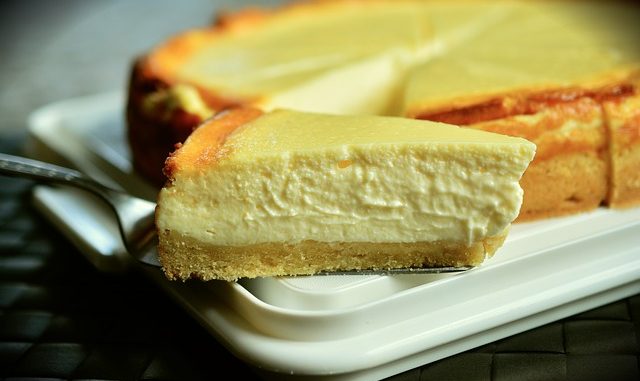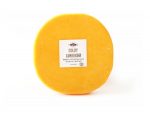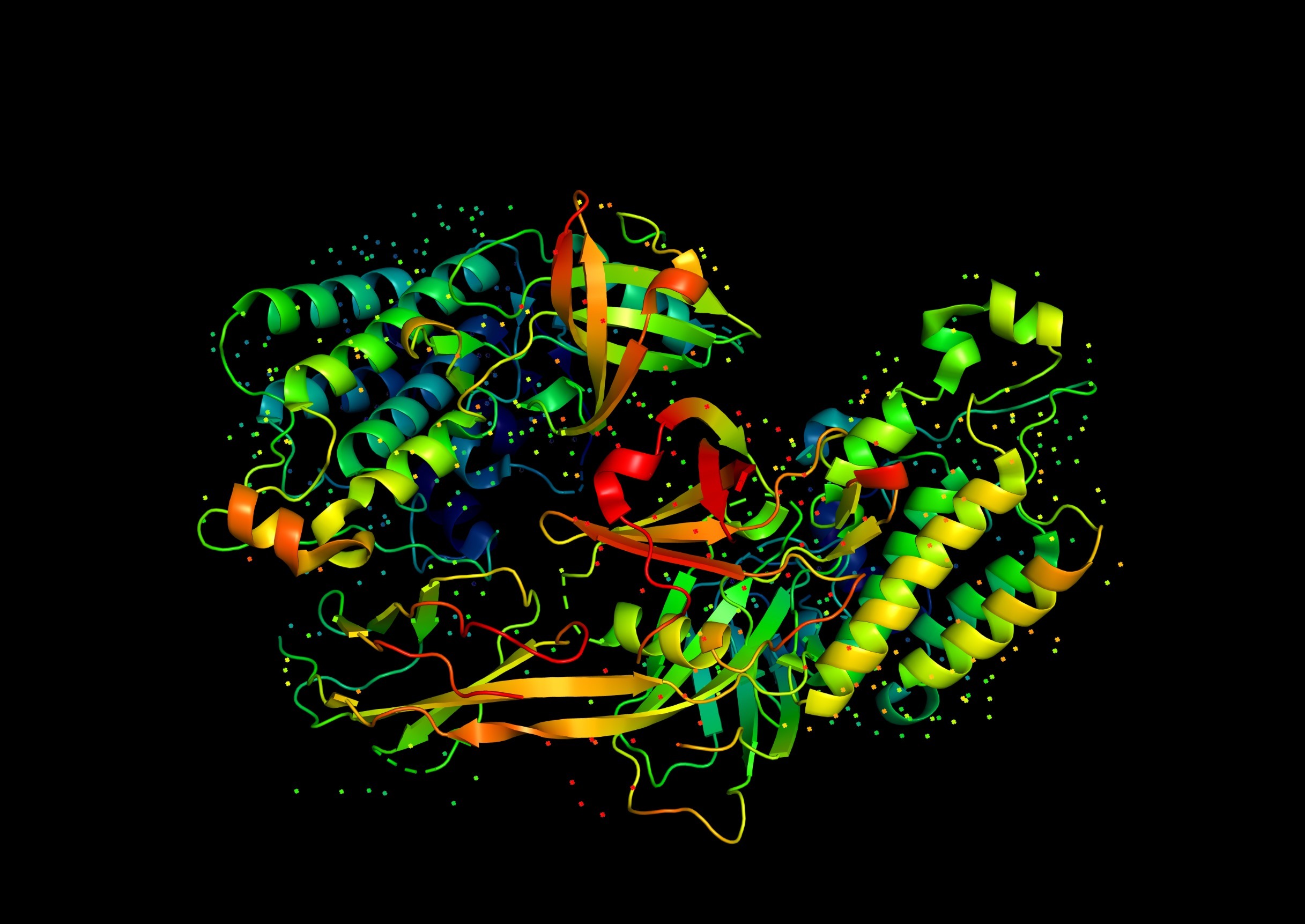
Quark or quarg as some might call it sounds like an alien species sent to humour us. It is though a very white soft cheese much beloved by Northern Europeans. In fact it probably originates in Germany and Poland. Where it comes from might not matter too much when in fact it is one of the best high-protein foods about. Just think of all those high protein shakes, cheesecakes and other foods for sports people which could benefit from using this particular dairy product.
The Swiss, Germans, Slavic countries and to some extent the Poles and Austrians have been eating quark for donkeys years. They have it with a sharp fruit jam, or fruit and on bread. It can also be added as an ingredient to pastas, cakes and supposedly curry but I think it works best in a cheesecake. The cheese is known by many names, chief among them being творог in Russian, tvaroh in Czech and Slovak, topfen in Austria, kwark in Dutch, kvark in Denmark and kvarg in Norway and Sweden.
What is Quark ?
Look in the cheese section of the dairy isle at your local supermarket to find a tub. It reminds me of yoghurt and in fact it could well be as it too is prepared from milk. However, unlike yoghurt it is prepared using strains of bacteria which are not found in yoghurt. It doesn’t have lactic acid bacteria for a start so there are no lactic acid notes. Like cheese or cottage cheese which seems to be a close cousin, it is very rich in protein and generally almost free of fat. I’m a bit guarded about that fact because some quark has been found with up to 40% fat !
Making Quark
This cheese is part of the acid-set cheese group which means its coagulation relies on a drop in pH to acid conditions. The acid change is generated by lactic acid bacteria feeding on lactose. In a number of cases moderate amounts of rennet which is a protease are added. It helps speed the process up.
Quark is prepared from whole, skimmed or half-skimmed milk, even cream and buttermilk. The whey protein content must not exceed 18.5%. German regulations state the cheese must have a moisture content greater than 73%.
A word about the source of milk. Cow but also goats, sheep and buffalo milk are often used.
Simply heat a soured cow’s milk and let it curdle. The process of curdling occurs when the milk protein such as casein denatures and separates leaving a whey liquid. At this point, beneficial bacteria such as mesophilic Lactococcus cultures are added. The cheese is allowed to acidify.
Uses
Consume as a fresh cheese and it can be eaten immediately after it has been produced.
Quark is often used in German -style cheesecakes. These are usually better baked rather than non-baked. To get better results, the quark should be pressed dry with a cloth to remove excess water.
Problems With Quark During Manufacture
Sometime quark can have a bitterness which is caused by the protease in rennet. It often occurs to quark which is ultrafiltered in a membrane process before it is fermented. In that process calcium ions are retained.


Leave a Reply